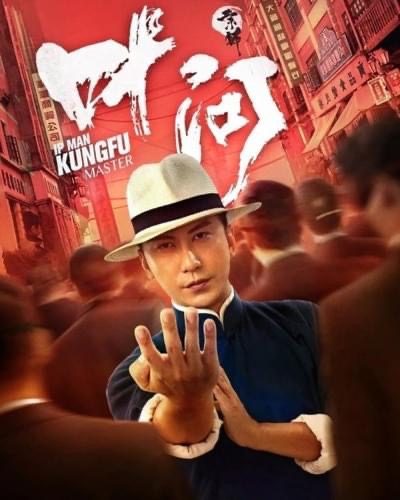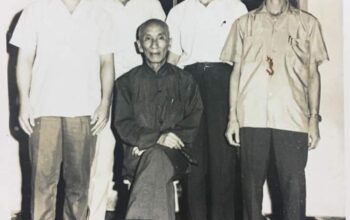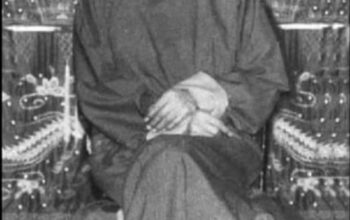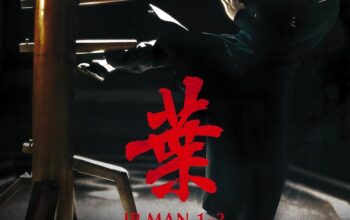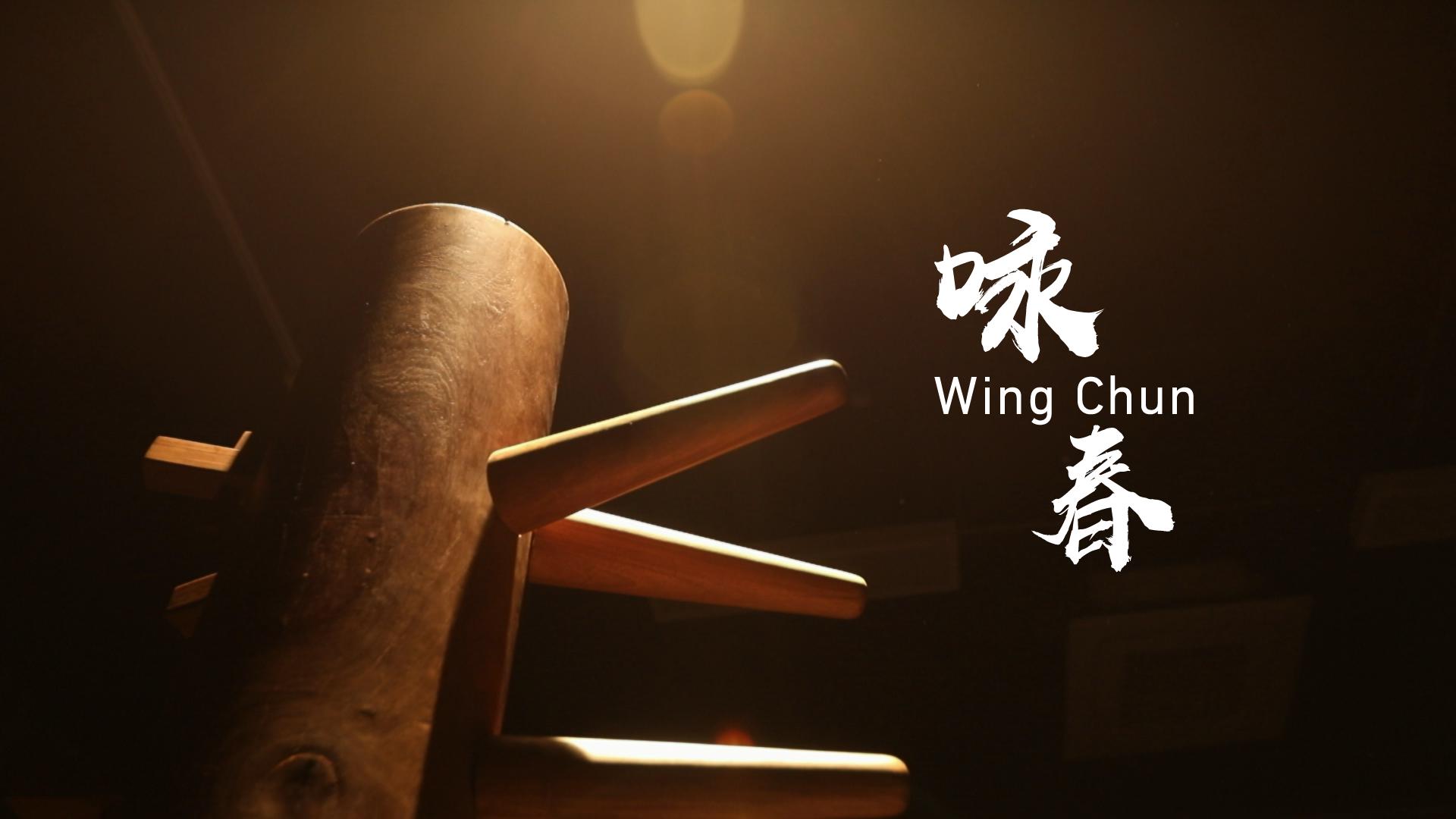What Are the Differences Between Wing Chun and Other Martial Arts?
Martial arts encompass a vast array of systems and styles, each with its own unique characteristics, techniques, and philosophies. Wing Chun, a Chinese martial art developed by Ng Mui, stands out among other martial arts due to its distinctive principles and practicality. Let’s explore some key differences between Wing Chun and other martial arts to gain a better understanding of its uniqueness.
- Efficiency and Economy of Movement:
One of the primary differences between Wing Chun and many other martial arts is its focus on efficiency and economy of movement. Wing Chun techniques are designed to be direct, practical, and minimize unnecessary motion. Unlike martial arts that rely on extravagant kicks, acrobatic movements, or high-flying techniques, Wing Chun emphasizes simplicity, directness, and conserving energy. The goal is to neutralize attacks quickly and efficiently with the least amount of effort. - Close-Range Combat:
Wing Chun specializes in close-quarters combat, making it distinct from martial arts that may emphasize long-range strikes or weapons training. Wing Chun techniques are specifically tailored for close-range encounters, enabling practitioners to effectively defend themselves in tight spaces or confined environments. This focus on close-quarters combat equips Wing Chun practitioners with the ability to handle real-life self-defense situations where maintaining distance may not be feasible. - Simultaneous Attack and Defense:
Another unique aspect of Wing Chun is its principle of simultaneous attack and defense. In Wing Chun, the goal is to intercept and counter an opponent’s attack while simultaneously launching one’s own offensive strikes. This concept is based on the belief that defense and offense should be integrated and executed simultaneously, creating a continuous flow of attacks and defenses. Other martial arts may have more distinct phases of attack and defense, making Wing Chun’s approach distinct and effective for real-life combat scenarios. - Chi Sao (Sticky Hands):
Wing Chun is renowned for its practice of Chi Sao, also known as sticky hands. This training method involves continuous contact with an opponent’s arms, allowing practitioners to develop sensitivity, reflexes, and the ability to read an opponent’s movements. Chi Sao enhances tactile awareness, making it easier to adapt and respond to an attacker’s energy and movements. This aspect sets Wing Chun apart from other martial arts that may focus less on sensitivity and more on power or speed. - Trapping and Centerline Control:
Wing Chun places great emphasis on trapping and centerline control. Trapping refers to techniques that involve immobilizing an opponent’s limbs, effectively neutralizing their ability to strike or defend. Centerline control focuses on dominating the centerline—the imaginary line running through an opponent’s body—through attacks and defenses. By controlling the centerline, Wing Chun practitioners can gain an advantage and disrupt an opponent’s balance and structure. - Reliance on Structure and Body Mechanics:
Wing Chun emphasizes the correct body structure and efficient body mechanics to generate power and maximize effectiveness. Proper alignment, balance, and coordinated movement of the whole body are essential in Wing Chun. This differs from martial arts that may rely more on raw strength or rely heavily on kicks or acrobatics. Wing Chun’s emphasis on structure and body mechanics makes it accessible to individuals of different sizes and physical abilities.
While these differences distinguish Wing Chun from other martial arts, it’s important to note that each martial art has its own strengths and areas of focus. It’s not a matter of superiority, but rather a matter of understanding the unique attributes and philosophy of each art. By appreciating these differences, practitioners can gain a broader perspective on martial arts and choose the system that best aligns with their goals, preferences, and self-defense needs.
